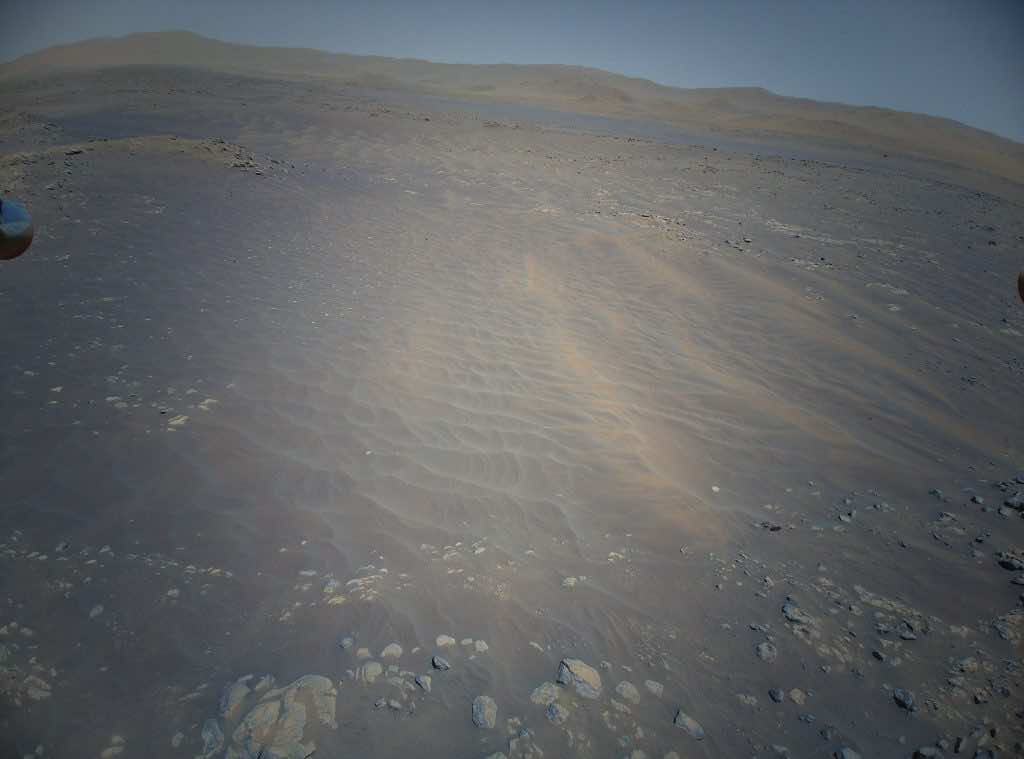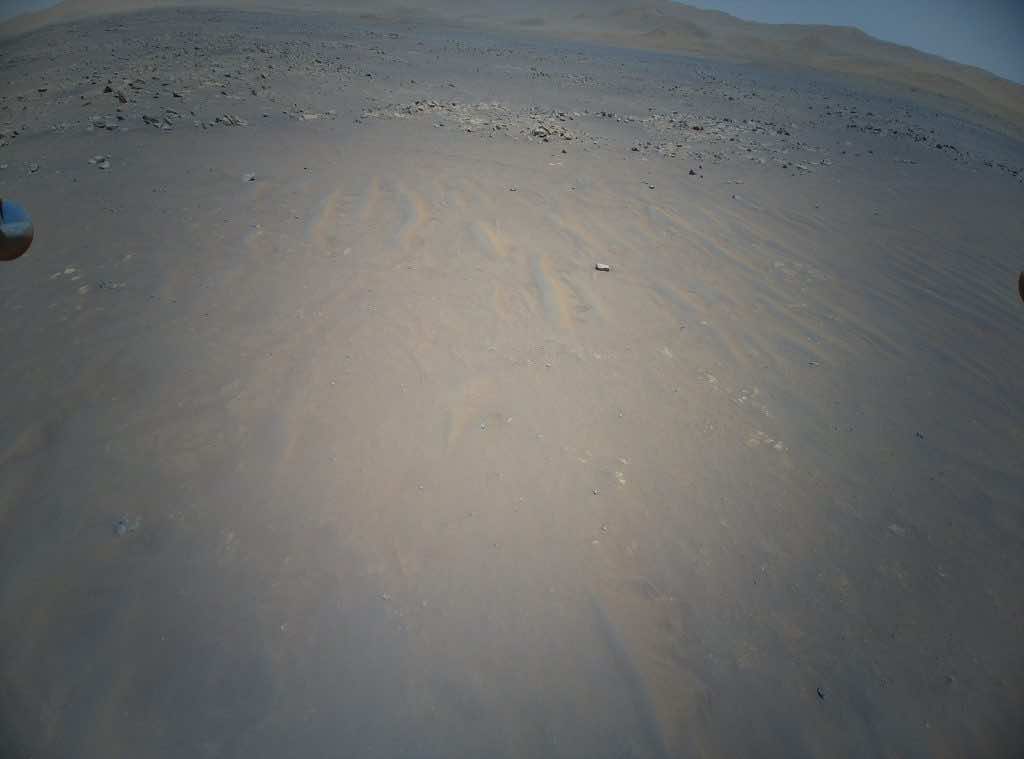NASA’s Ingenuity Mars helicopter continues to break new frontiers in its remote-operated adventures across the surface of the Red Planet. On July 5, it sent colourful photos while exploring the Martian landscape.
According to Ingenuity’s chief pilot Håvard Grip, the helicopter took off for its ninth flight on Monday, beating the tiny four-pound rotorcraft’s “records for flight duration and cruise speed.” Also, it “nearly quadrupled the distance flown between two airfields,” covering approximately 2,051 feet of terrain.
The ground-breaking ingenuity Helicopter shot some of the most amazing, washed photos of the Red Planet, including the traces of Mar’s Perseverance Rover.
“This was a big leap, big leap in terms of what we’ve done before,” Grip told The Verge.
For the first time, the Ingenuity did not soar over massive flat terrain, which made the flight observation a little tricky for NASA’s Jet Propulsion team. Ingenuity’s navigation system searches the ground beneath it and then identify its current location.

“Differences in terrain height will cause features to move across the field of view at different rates, and Ingenuity’s navigation algorithm still ‘assumes’ the ground below is flat,” Grip wrote in his post.” It does its best to explain the movement of the features by changes in the helicopter’s movements, which can lead to errors.”
According to the head pilot, the coloured pictures demonstrate “outcrops that show contacts between the major geologic units on Jezero Crater’s floor and a system of fractures the Perseverance team calls ‘Raised Ridges,’ which the rover’s scientists hope to visit.” Researchers consider that the Jezero Crater is a withered bed of an ancient lake, making it mysterious enough to explore any traces left behind.

NASA’s Perseverance Rover during its mission to the Martian land could not capture the larger outlier, but these colourful photos taken by the Ingenuity helicopter are considered to play a significant role in scientific discoveries that might come our way.


